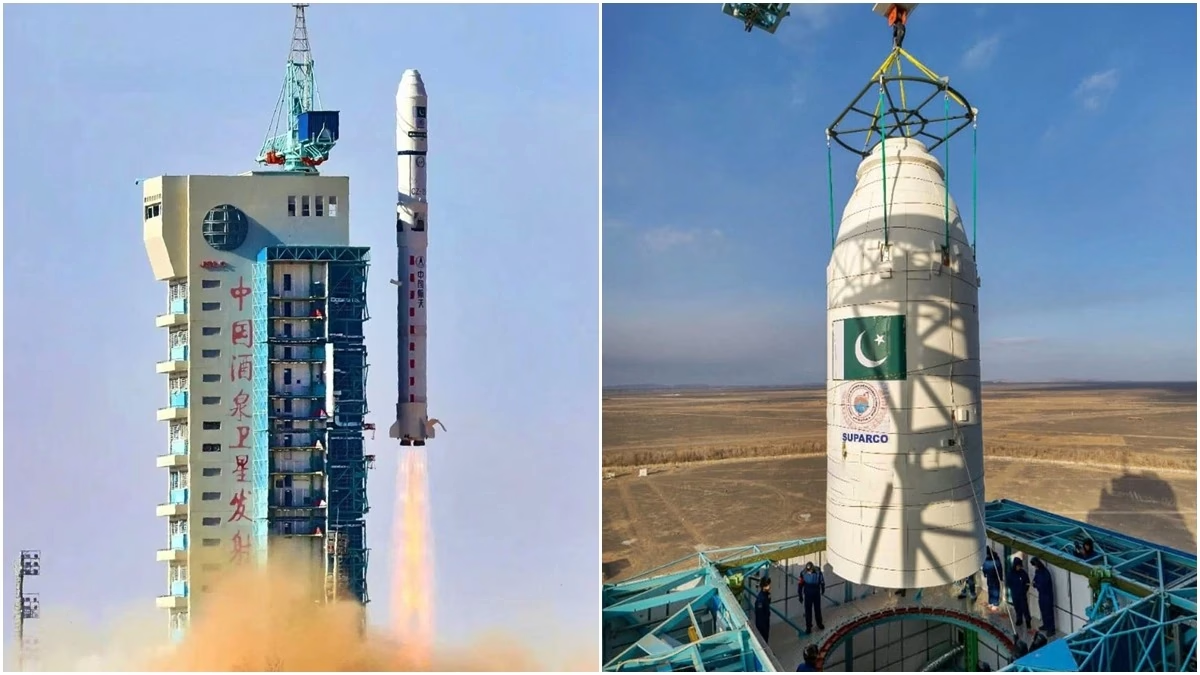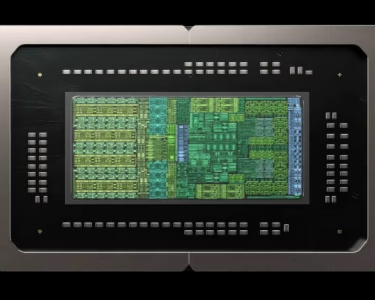Overview of PRSC-EO1 Satellite
In January 2025, Pakistan marked a historic milestone with the launch of its first domestically produced earth-observation satellite, PRSC-EO1. Developed by the Pakistan Space and Upper Atmosphere Research Commission (SUPARCO), the satellite represents a new era of indigenous space technology. For the first time, Pakistan has designed, engineered, and deployed a satellite that strengthens its national capability in space exploration and data-driven applications.
SUPARCO’s Role in Pakistan’s Space Journey
SUPARCO, Pakistan’s national space agency, has long aspired to strengthen the country’s position in global space research and technology. With PRSC-EO1, SUPARCO demonstrates its ability not just to participate in international collaborations but also to build and operate advanced systems independently. This launch aligns with the Pakistan Space Vision 2047, which emphasizes self-reliance in satellite development and space-based services.
Key Features of PRSC-EO1
Earth-Observation Capabilities
PRSC-EO1 is equipped with high-resolution imaging systems capable of capturing data on land, water, and atmospheric conditions. These images provide vital insights for national planning and development.
Data for Agriculture and Water Resources
One of the main applications of PRSC-EO1 is precision agriculture. By monitoring crop patterns, soil health, and water distribution, the satellite will help farmers and policymakers optimize food production. Similarly, it will assist in water resource management—an urgent need for a water-stressed country like Pakistan.
Role in Disaster Monitoring
The satellite plays a crucial role in disaster management. With its real-time imaging, PRSC-EO1 can help track floods, droughts, earthquakes, and other natural disasters. This capability allows for faster response times, better coordination, and reduced human and economic losses.
Strategic Importance of PRSC-EO1
Beyond its technical features, PRSC-EO1 has immense strategic value. It reduces Pakistan’s dependence on foreign satellites for critical data, ensuring national security and sovereignty. By possessing its own observation system, Pakistan enhances its ability to independently monitor borders, infrastructure, and environmental changes.
How PRSC-EO1 Strengthens Pakistan’s Space Program
PRSC-EO1 is not just a single achievement but a launchpad for future projects. Its successful development shows Pakistan’s ability to:
- Train and retain skilled engineers and scientists.
- Strengthen local research and manufacturing capacity.
- Contribute to international collaborations on climate monitoring and space science.
This satellite also boosts confidence in Pakistan’s ability to participate in the new space economy, where earth-observation satellites play a vital role in commerce, defense, and global research.
Future Prospects for Space Technology in Pakistan
The success of PRSC-EO1 opens the door for advanced missions, including communication satellites, deep-space exploration, and even participation in international moon and Mars programs. With growing investment in education and space R&D, Pakistan is positioning itself as an emerging player in the global space community.
Conclusion: A Milestone for National Space Capability
The launch of PRSC-EO1 in January 2025 is more than a technological breakthrough—it is a symbol of Pakistan’s determination to embrace the future of science, innovation, and independence. By developing its first indigenous earth-observation satellite, Pakistan has taken a giant leap toward strengthening its space program, supporting sustainable development, and safeguarding national interests.
SEO Focus Key Phrase: PRSC-EO1 Pakistan Satellite
Meta Description: Pakistan launched PRSC-EO1, its first indigenous earth-observation satellite, in January 2025. Developed by SUPARCO, it enhances space capability, agriculture, disaster management, and national security.





